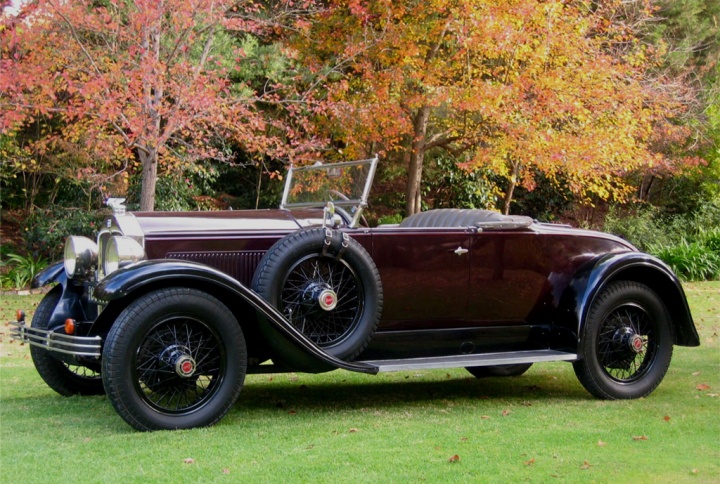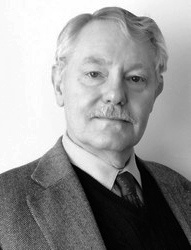Columbia College | Columbia University in the City of New York
“One for the Roadster,” by Richard Snow ’70
A few years ago I wrote a biography of Henry Ford, and recently someone asked me, “Why did you want to write about him?” That “him” was freighted with the knowledge that Ford could be quite an unpleasant customer. Oddly enough, this was the first time the question had been put to me. I cast about for an answer. Certainly I’d been fascinated by the wholly astonishing and absorbing museum he built in Dearborn, Mich., when I first saw it in my 20s. But I found myself brought back past that to a chilly morning half a century ago.
When I became old enough to drive, in suburban New York in the mid-1960s, my parents gave me their honeymoon car, a 1928 Buick Sport Roadster. I was 16 and the Buick was 40, which meant it had been born precisely halfway between the births of Ford’s world-changing Model T and of me. It was a more sophisticated car than the Model T, and a far better looking one. Like the Model T, it was reliable and honest; it never let me down in a bad place.
Occasionally, though, it did need new parts, and I was fortunate enough to live one town away from the Mount Vernon junkyard of Sam Adelman. But calling it a junkyard is sort of like calling the Victoria and Albert Museum one. Adelman had at least one of every part of every great automobile ever built; I’d read about him in half a dozen of the car magazines I studied back then. British dukes would send their equerries from East Anglia to find a surviving rear axle for their Rolls Royce or Hispano-Suiza.

A 1928 Buick Master Six Sport Roadster
Adelman’s holdings had no sign that I can recall, but they encompassed what looked to me in the gray dawn like acres of a frozen iron sea, with here and there the headlights of an unfamiliar car peering blindly skyward. The office was a sort of watchman’s shack that, when Paul and I stepped inside, turned out to be warmed by a potbelly stove whose sheet-metal chimney zigzagged up through the roof just like the chimneys in the old Krazy Kat cartoons. Beside it a man with a shrewd, closed face was studying not, as I’d hoped, builders’ drawings of the first Duesenberg supercharger, but a disintegrating paperback copy of Heart of Darkness. He looked up and was able to conceal his delight at having a couple of teenagers appear in his shed.
He grunted something that might have been a greeting. I asked if he were Mr. Adelman, and he said he was.
“I have a 1928 Buick and it needs a new rear axle. Do you have one?”
He put down the book. “Yeah.”
“It’s a Master Six.”
“Yeah.”
He got up and told us to follow him and we did, wading through a wilderness of tie rods and valve sleeves and stacked engine blocks until we got to where a 1950s Chevrolet sedan was halfway through the process of melting back into the minerals from which it had been formed.
Adelman stopped beside it. “Here.”
“That’s not a 1928 Buick,” I said idiotically.
He gave me a sour smile and opened the trunk of the Chevy to reveal what looked like a mound of greasy doormats. Paul and I exchanged a glance: Was he crazy?
He rooted elbow deep into the mats and came out with an axle. “Here y’are,” he said, and handed it to me. I can’t say now exactly what it cost, but I do remember him pulling a roll of bills from his overalls and counting out change for a $20.
We drove to my house and went to the crippled Buick, and Paul slid the axle shaft into the left rear wheel and bolted it down. The whole job took about three minutes, and I was mobile again.
What fascinated me most about Adelman’s grim detritus (beyond my axle, of course) was how many Model Ts helped constitute it. Their boxy, unlovely carcasses were everywhere. When I remarked on this, he said, “Gotta have plenty. There’s still thousands of them on the road.”
The last Model T had come off the line a year before my Buick was born, and the fact stayed with me until, decades later, the durable machine that America rode into the 20th century drew me to write about its creator.

REBECCA AND WILLIAM SNOW

